The use of rooftop solar power systems in Indonesia's residential property sector remains low, at less than 10%, due to PLN regulations that eliminate export-import meters and high costs. Read more on Bisnis Indonesia.
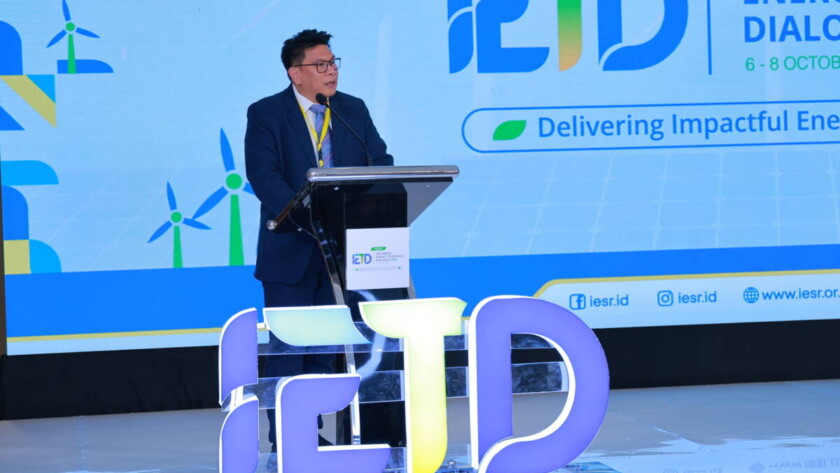
Jakarta, October 6, 2025 – President Prabowo’s ambition to achieve 8% economic growth and realize the Indonesia Emas 2045 vision can be pursued through accelerated energy transition. In addition to fulfilling Indonesia’s commitment to the Paris Agreement, keeping global temperature rise to well below 2 degrees Celsius, the transition also opens opportunities for investment and…
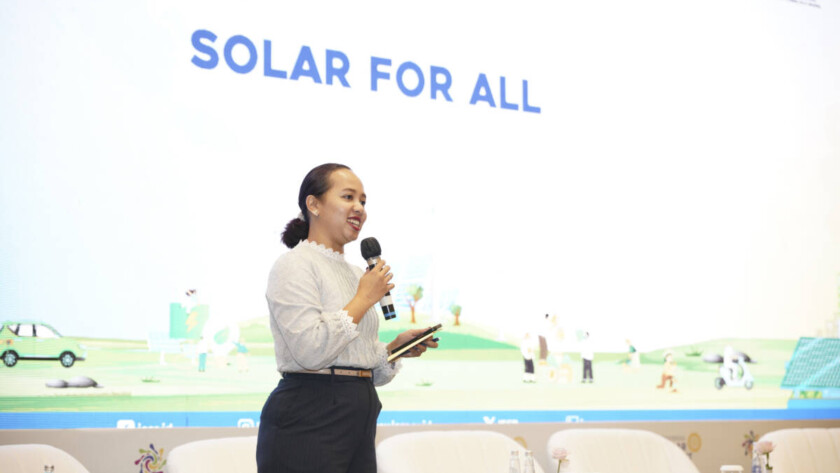
Bangkok, 30 September 2025 – Southeast Asia has entered a decisive decade for building reliable, affordable, and sustainable energy systems which also help to ensure long-term energy security. As countries strive to cut emissions while sustaining growth, one lesson stands out: no nation can move fast enough alone. The region remains heavily dependent on fossil…

Jakarta, September 29, 2025 – Indonesian Finance Minister Purbaya Yudhi Sadewa expressed his confidence that Indonesia can achieve 8% economic growth, in line with President Prabowo's vision and mission. Responding to this optimism, Fabby Tumiwa, CEO of the Institute for Essential Services Reform (IESR), emphasized that Indonesia needs to invest significantly in the renewable…
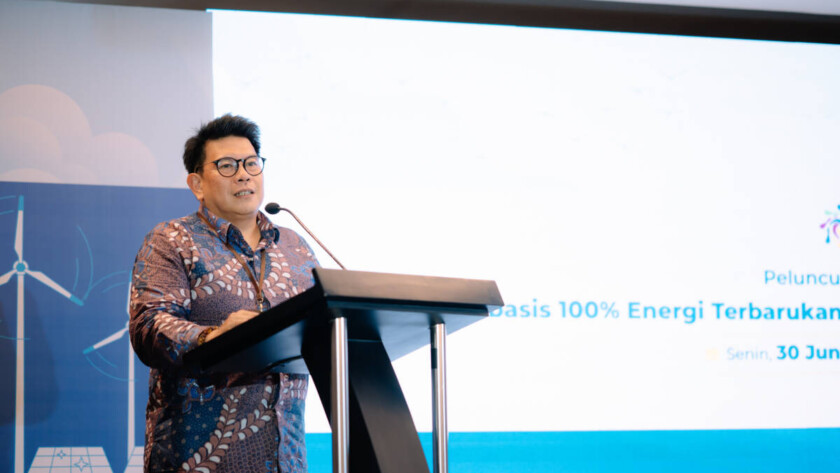
Jakarta, September 24, 2025 - In his speech at the UN General Assembly (23/9/2025), Presiden Prabowo Subianto reaffirmed Indonesia’s commitment to the Paris Agreement and to achieving net zero emissions (NZE) by 2060. He even conveyed optimism that Indonesia could reach the NZE target much earlier. The President outlined several strategies to…
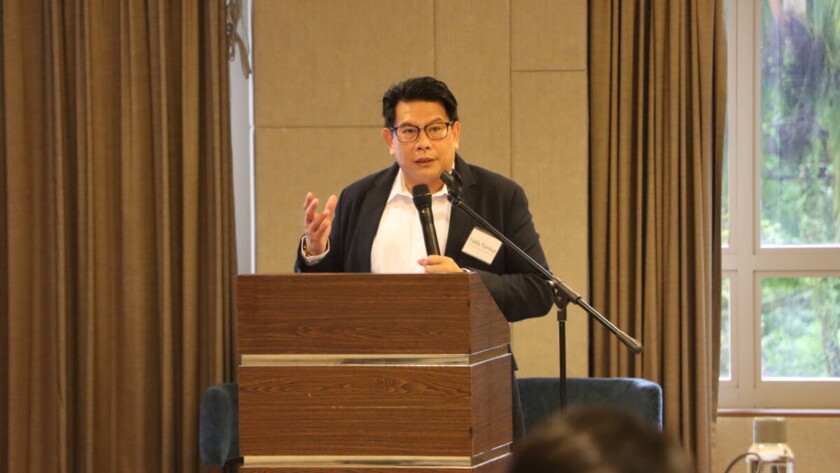
Kuala Lumpur, September 17, 2025 – Southeast Asia is a region vulnerable to the impacts of the climate crisis. Ten ASEAN member countries have made commitments to limit greenhouse gas emissions. However, these climate commitments have not been effectively implemented. As evidence, fossil fuels still dominate the energy landscape of ASEAN member countries. This slows…
Indonesia holds great potential as a clean and sustainable energy source. However, its realization is still hampered by a number of structural challenges. Read more on Koran Jakarta.

Jakarta, September 11, 2025 – Indonesia is accelerating its efforts towards industrial decarbonization, partly by leveraging solar energy. This transformation is not only part of the national energy transition agenda but also a strategy to boost industrial competitiveness amidst global demands for environmentally friendly practices.
Winardi, from the Directorate of Industrial Zoning at the Ministry of…
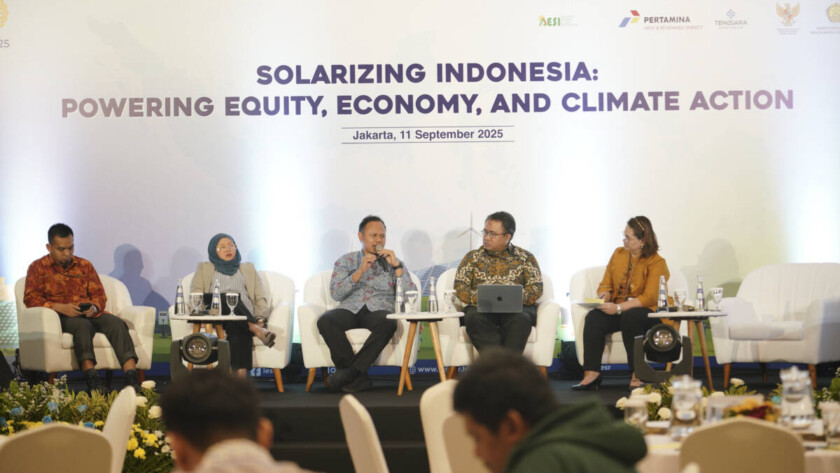
Jakarta, September 12, 2025 - The growth of renewable energy in Indonesia continues to show a positive trend. One technology that is now gaining attention is Floating Solar Power Plants (FSPPs). This technology is considered capable of addressing land constraints while providing innovative solutions for solar energy utilization.
Praptono Adhi Sulistomo, Coordinator…
IESR, together with the Coordinating Ministry for Economic Affairs and the Ministry of Energy and Mineral Resources (ESDM), will hold the Indonesia Solar Summit (ISS) 2025. Read more on Tv One News.
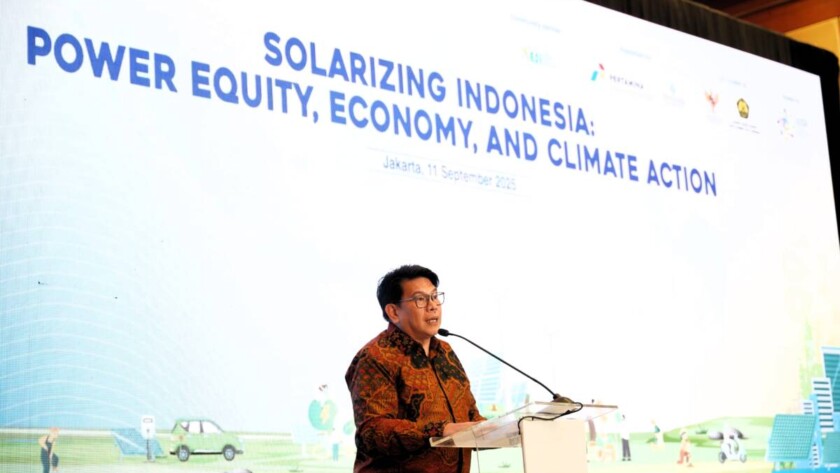
Jakarta, September 11, 2025 - The impact of solar energy goes beyond providing access to electricity. It also fosters equity by enabling community participation in reducing emissions, driving the growth of new economies, and serving as a strategic solution to achieve climate goals. This vision underpins the Indonesia Solar Summit (ISS) 2025 (9/11/2025) in Jakarta,…
The development of rooftop solar power plants in Indonesia is key to the clean energy transition, with a target of 17.1 GW by 2025-2034. Regulatory and financial support is needed. Read more on Bisnis Indonesia.
